In the fall of 2019, I was a theatre minor in crisis. It was the start of my senior year of college, meaning that I was quickly running out of time to complete the practicum credit that would allow me to graduate with a theatre minor. At the time, I was an actor and anthropology major who was slowly realizing that I couldn’t see myself pursuing acting long-term. I was also a theatre lover who finally had to accept the fact that I was not good at stagecraft and had no desire to work long hours at the light or sound boards. This was also around the time that I began to panic about life after college. What career could I possibly make out of anthropology and theatre?
In the midst of a caffeine-induced night of googling possible theatre careers, I discovered dramaturgy. I had briefly encountered dramaturgy work in collegiate theatre productions before, but I had no real understanding of what dramaturgy was and what a dramaturg did other than providing brief snippets of historical context. I went to one of my theatre mentors to see what would be required of me if I chose to do a dramaturgy practicum and walked away with my first role as a dramaturg. I was told that as a dramaturg, my job would be to become an expert on the time period of the show and become a master at Google. Whenever someone on the team had a question, it was my job to give them an answer. I was expected to observe rehearsals and be the person on call, should anyone on the creative team need help with a component of their own research.
This reinforced the idea that while dramaturgs occasionally employed creative thinking, the main role of a dramaturg was the role of an academic and a researcher, not as a creative.
My first work as a dramaturg was a college production of Kate Hamill’s Sense and Sensibility. I primarily worked independently from the rest of the production. I would show up to production meetings with new information on the time period, the production history, and—most notably—the language of hand fans. The dramaturgical information that I shared drastically changed the usage of props in the production, as well as the function of the set. I showed up to a few rehearsals, hastily installed a lobby display full of notes on Jane Austen and her influence in the literary world, and then my work was done. By the end of the production, I saw my dramaturgical notes make it onto the stage and was extremely grateful that none of my work was corrected when the Jane Austen Society of North America came to see the production after their annual conference convened in my small college town. But I was also left with a strange feeling. One of the professors working on the production told me that I was not a part of the creative team, nor was I a part of the production and technical team, despite providing information that influenced the final product that was seen on stage from both a creative and technical perspective. This reinforced the idea that while dramaturgs occasionally employed creative thinking, the main role of a dramaturg was the role of an academic and a researcher, not as a creative.
My first work as a dramaturg was nothing exceptional, but it made me fall in love nonetheless. Thus, just one year later, I entered University of Houston’s MA in Theatre Studies program, which had a heavy focus on dramaturgy. In my graduate program, dramaturgy was again taught as more of an academic practice. My program focused on US-based dramaturgy practices, and leaned into teaching that the dramaturg was a researcher that worked in both production and new works spaces, but functioned mainly as a sounding board for people on creative teams. I was not taught that dramaturgy itself was a creative practice, only that a dramaturg could help the creative practice of others.

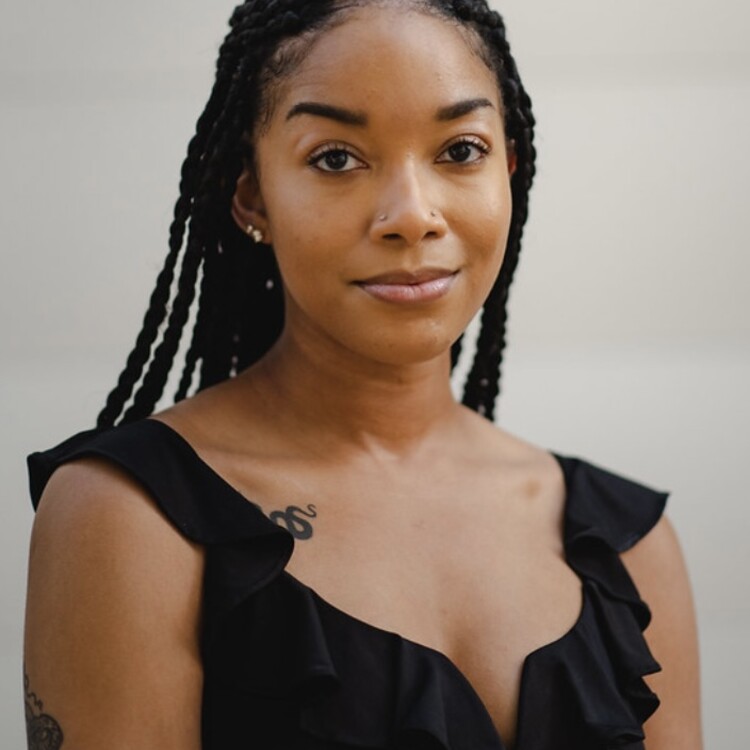
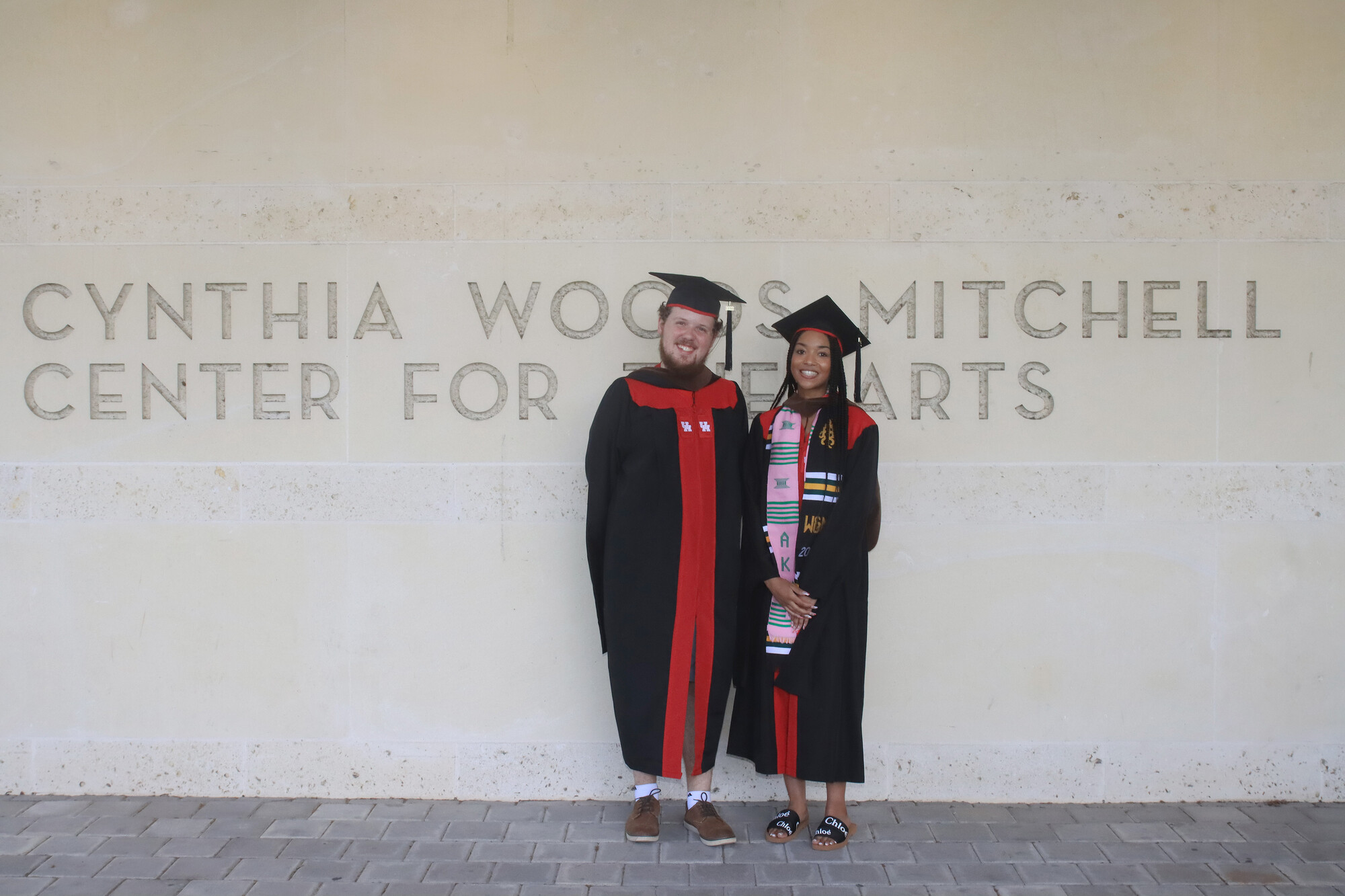
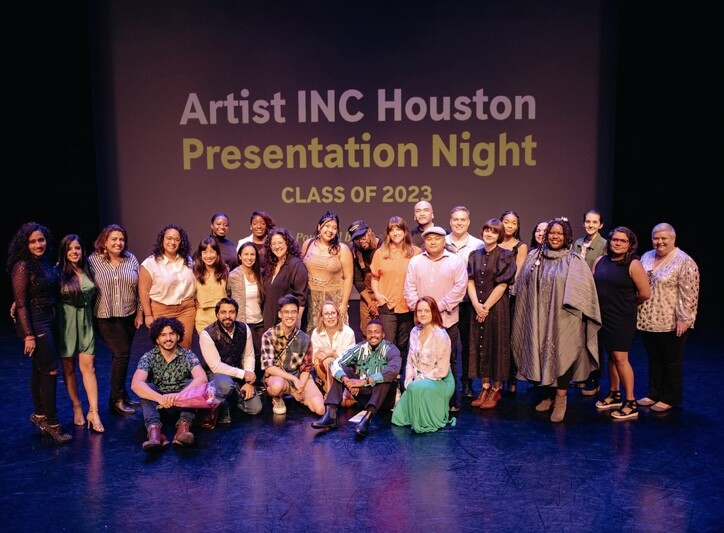




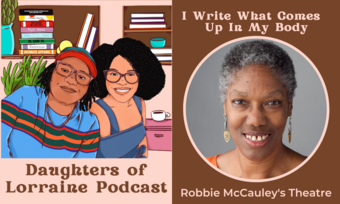


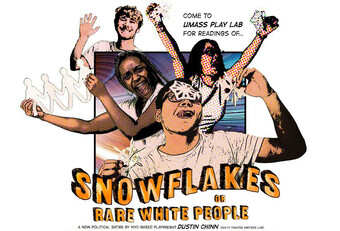

Comments
The article is just the start of the conversation—we want to know what you think about this subject, too! HowlRound is a space for knowledge-sharing, and we welcome spirited, thoughtful, and on-topic dialogue. Find our full comments policy here
Thank you for this piece! I'm so happy to see others thinking about how to expand the role of dramaturgs to support artists and audiences to have deeper connections to the work. Excited to follow your career and where this works leads!
Thank you so much for your support! I'm so glad that this piece is resonating with folks :)